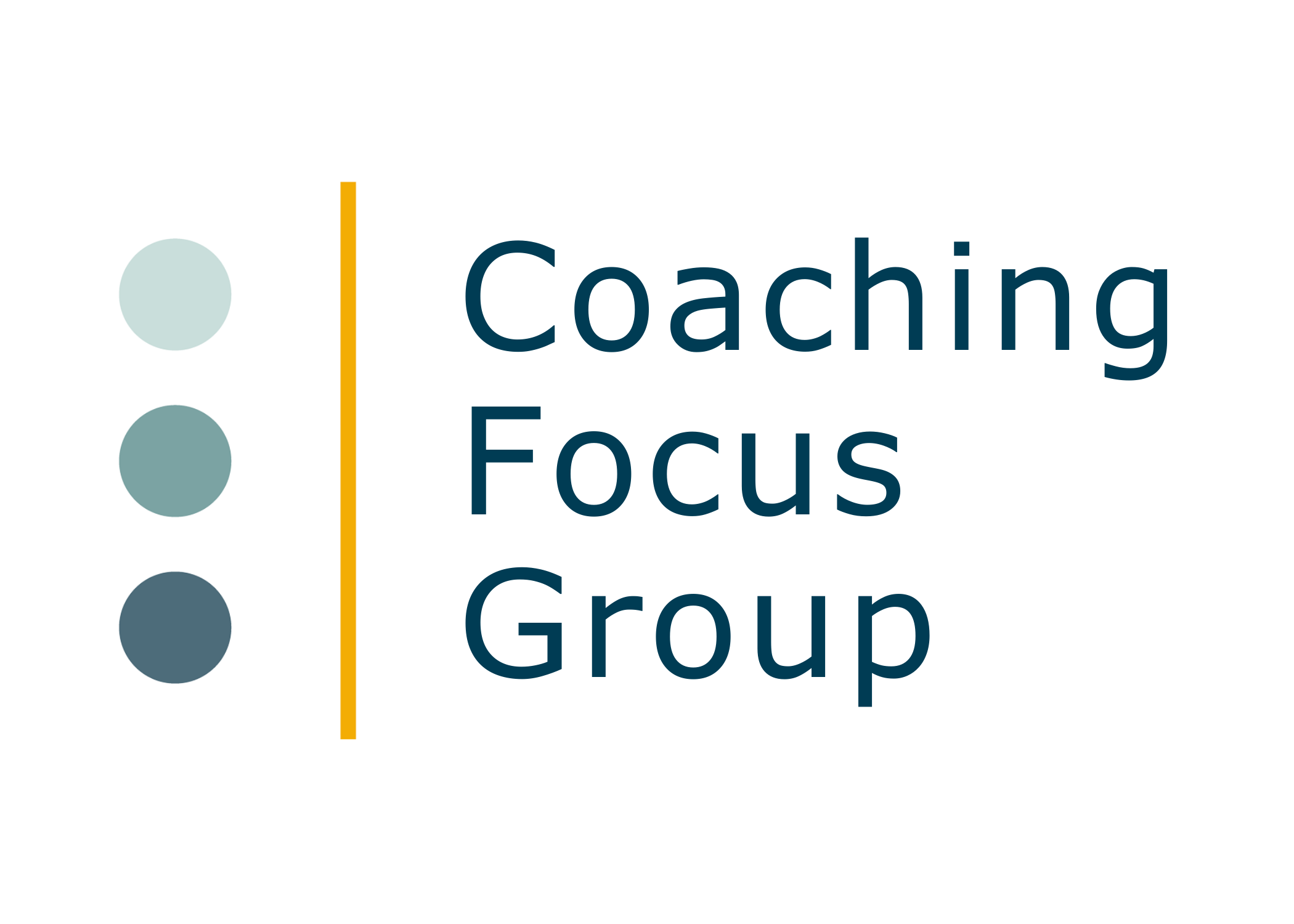By Coaching | Jul 20, 2021
Coaching Chemistry Meeting - Alchemy or good practice?
The current normal practice when establishing a coaching relationship is for the coachee to select two or possibly three potential coaches from a given list, and to then speak with each coach individually in a one-off call or meeting to gauge their personal chemistry and fit. The intention is to establish whether both coachee and coach can work effectively together to develop an honest and challenging relationship that has the commitment, integrity and sufficient rapport to deliver the desired results. When the coachee meets more than one coach for this purpose, the slightly derogatory term ’beauty parade’ is sometime used to describe the process. Once a coach has been selected through this process, then formal contracting with the line manager/sponsor usually takes place.
This raises one of several issues regarding the chemistry meeting process:
- For external coaches, if they know that they are, in effect, competing for the job of coach, then they may be tempted to sell themselves to get the work rather than to focus on the requirements of the coachee. Even for the internal coach, there is an element of competition against other internal coaches to be chosen for reputation
- There is an additional time lag before commencing coaching proper as the ‘beauty parade’ process can take several weeks and up to a month which may not be acceptable if the coaching need is urgent, and can reduce momentum for the coaching
- If one coach is consistently chosen over others, then the other coaches in the coaching pool may become regarded as second rate which is bad for their morale and can lead to ‘consolation coach’ syndrome when the coach feels inadequate and they think that the coachee will feel the same way about them
So what might be best practice for the selection of a coach? There is no ‘one size fits all’ approach. Some are of the view that chemistry meetings are time consuming, and potentially add cost but offer very little added value. Others feel that the coaching chemistry meeting gives the coachee more choice regarding their coach and a sense of ownership of the process. To a degree, there is a requirement for pragmatism based on the potential size of the coaching pool:
- When the number of potential coachees is small (and therefore the number of coaches required is low), then the standard chemistry meeting process as described above can work well, and allows the coachee more choice regarding their coach. The coach will need to guard against ‘beauty parade syndrome’ – the focus must be on what will serve the coachee best to achieve their goals, not on what feels easy or comfortable. Both coachee and coach should consider whether they can mutually develop a strong relationship that is both supportive and challenging, honest and collaborative, without becoming friends. The coachee needs to appreciate that they will be doing the work, and the coach is there to facilitate this, not to help but to be useful. Discussion and mutual understanding of this at a chemistry meeting can be very useful in setting the scene for the coaching. It is usually helpful for the organisation to supply a standard chemistry meeting template with suggested topics to be covered and questions that the coachee should ask of the coach.
- When the number of potential coachees is large (and therefore the number of coaches required is high), then the process of having chemistry meetings for all potential coachees and all their potential coaches may become unmanageable, unless there is an effective system in place to manage this, perhaps online. In this case, it may be simplest to offer each coachee the detailed biographies of two or three potential coaches, and to ask the coachee to select a coach simply on this basis. These coach biographies should be in a standard format so that the coachee can compare like with like.
It is usually the case that once selected, the coach-coachee relationship works perfectly well, either with or without a formal chemistry meeting. There is no hard evidence to support the view that one approach works better than the other in terms of coaching outcomes, nor is there any data to suggest that chemistry meeting-led interventions are more successful than biography-led ones. However, in terms of coachee involvement and ownership of the process, as well as clarifying responsibilities, expectations and ground-rules, having a chemistry meeting of some kind is more preferable than not.
In either case, it is important to emphasise that occasionally the coachee-coach relationship doesn’t work out as hoped or expected, and that if this happens, a ‘no-fault divorce’ can be declared by either side. It is quite unusual for this to happen, and though the process should be clear, it will be rarely used. There is an opportunity to discuss this at the coaching chemistry meeting if one is arranged, whilst if not, it will need to be discussed once the coaching has commenced and which may feel a little out of place.
The rule of thumb is to give maximum choice to the coachee regarding their potential coach within the constraints of the coaching process and resources available.
